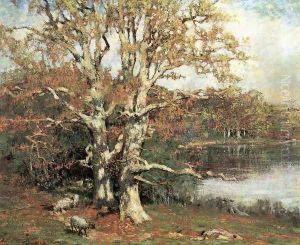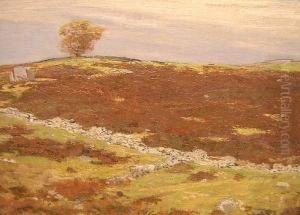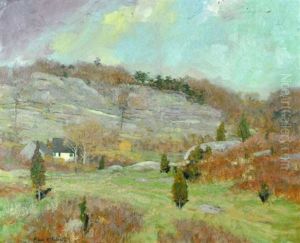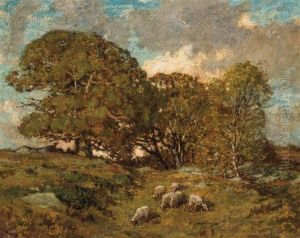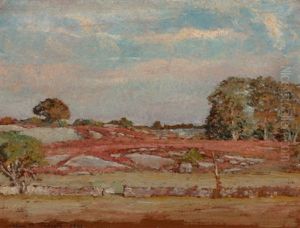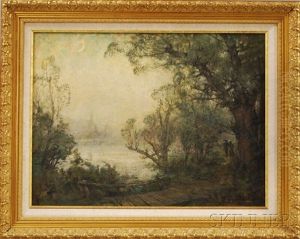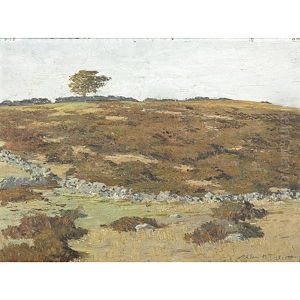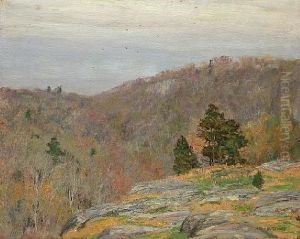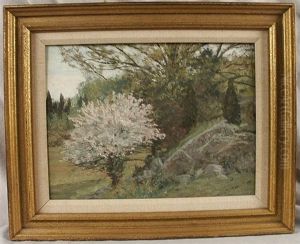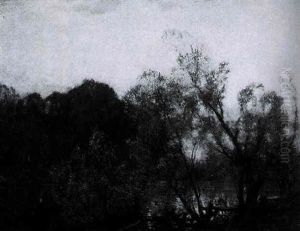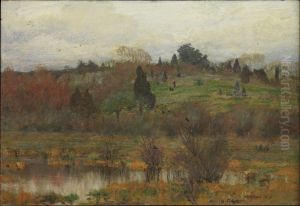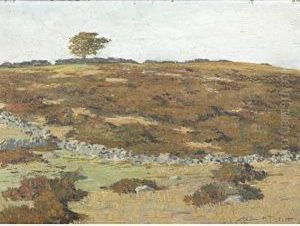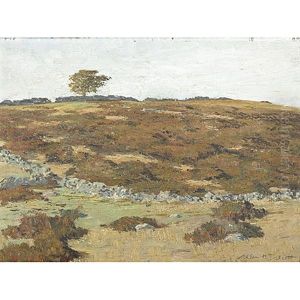Allen Butler Talcott Paintings
Allen Butler Talcott was an American landscape painter born on March 8, 1867, in Hartford, Connecticut. He was one of the prominent figures in the American Tonalism movement, which emphasized a harmonious and often subdued rendering of the landscape. Talcott grew up in a period where American art was beginning to find its voice separate from European traditions, and he would go on to contribute significantly to this emerging American identity in art.
Talcott studied at the Art Students League of New York and also spent time abroad in France, where he attended the Académie Julian in Paris. There, he was exposed to the works of the French Barbizon painters, whose influence would be evident in his later works. After his studies in Paris, Talcott returned to the United States and became associated with the Old Lyme Art Colony in Connecticut, which was an important center for American Impressionism and Tonalism.
His work is characterized by a masterful handling of light and atmosphere, often capturing the serene and bucolic landscapes of New England. Talcott's paintings are imbued with a sense of tranquility and a deep appreciation for the natural world. He was skilled in the use of color and had a particular talent for depicting the lushness of the American countryside in summer.
Tragically, Allen Butler Talcott's life and career were cut short when he passed away on June 1, 1908, at the age of 41. Despite his early death, Talcott left behind a body of work that continues to be celebrated for its beauty and its contribution to American landscape painting. His paintings are held in various collections and museums, serving as a testament to his artistic legacy.
